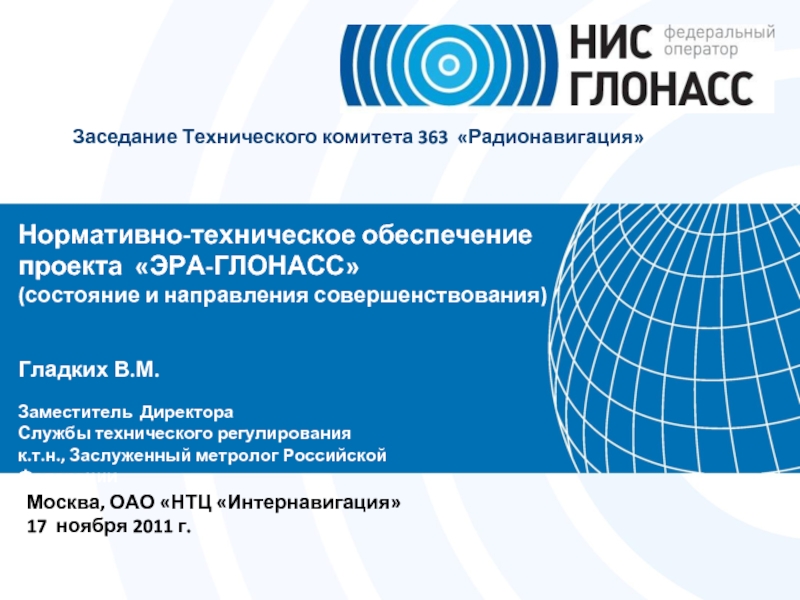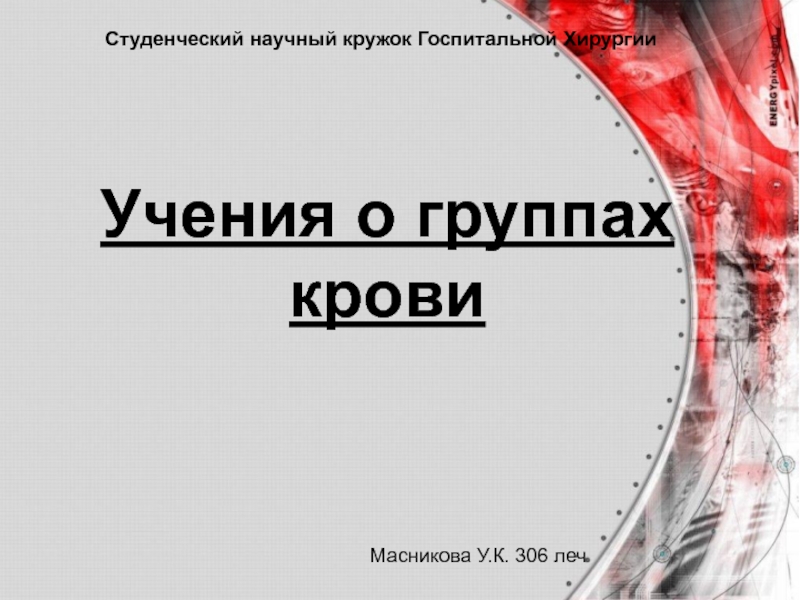- Главная
- Разное
- Дизайн
- Бизнес и предпринимательство
- Аналитика
- Образование
- Развлечения
- Красота и здоровье
- Финансы
- Государство
- Путешествия
- Спорт
- Недвижимость
- Армия
- Графика
- Культурология
- Еда и кулинария
- Лингвистика
- Английский язык
- Астрономия
- Алгебра
- Биология
- География
- Детские презентации
- Информатика
- История
- Литература
- Маркетинг
- Математика
- Медицина
- Менеджмент
- Музыка
- МХК
- Немецкий язык
- ОБЖ
- Обществознание
- Окружающий мир
- Педагогика
- Русский язык
- Технология
- Физика
- Философия
- Химия
- Шаблоны, картинки для презентаций
- Экология
- Экономика
- Юриспруденция
Modern real time power systems simulators презентация
Содержание
- 2. Agenda History of real time simulation RTDS
- 3. History
- 4. History of Digital Simulation
- 5. The release of the RTDS Simulator in
- 6. Continuous advancements and an upgrade path has
- 7. Types of Digital Simulation
- 8. EMT Simulation Algorithm Nodal Analysis - Dommel
- 9. EMT Simulation Algorithm Dommel Algorithm Convert DEs to algebraic equations using trapezoidal rule of integration
- 10. EMT Simulation Algorithm Dommel Algorithm Ih: history
- 11. EMT Simulation Algorithm Dommel Algorithm All power
- 12. Power System Solution Process Convert user-defined power
- 13. What is Real Time? Parallel processing required
- 14. Real Time Simulation Stored Matrices
- 15. Real Time Simulation Note 1 timestep delay
- 16. Real Time Simulation Non-Interfaced components eliminate timestep
- 17. Real Time Simulation Parallel Processing within a
- 18. Real Time Simulation Splitting the Network into
- 19. Real Time Simulation ●
- 20. Real Time Simulation Remember the purpose of
- 21. Real Time Simulation Not all techniques available
- 22. Current Applications Protection system testing Conventional protective
- 23. Current Applications Wide Area Measurement Protection and
- 24. Requires high-level communication IEC 61850
- 25. Power Hardware In the Loop (PHIL)
- 26. HVDC and FACTS Thyristor based schemes
- 27. Replica Simulators for HVDC and FACTS
- 28. Power System of Southern China
- 29. Procedure and Equipment Testing Full
- 30. Operations support Simulation models covering 50,000
- 31. Questions
Слайд 2Agenda
History of real time simulation
RTDS development path
Digital simulation overview
EMT simulation
Real time
Current applications
Future applications
Questions
Слайд 5The release of the RTDS Simulator in 1994 has had a
Developers were provided with a very well controlled and flexible environment to test and prove new protection and control equipment (repeatable, reliable, accurate)
Real time simulators were more accessible (cheaper and smaller) and quickly became an everyday tool for all manufacturers of HVDC and FACTS schemes
Protective relay manufacturers were able to easily perform exhaustive testing with complete flexibility to introduce faults and define circuit parameters
Universities and R&D institutes were able to afford real time simulators to investigate and test new developments
Today there are many 100s of real time simulators in operation around the world where there we less than 50 before fully digital real time simulators were available
History of Digital Simulation
Слайд 6Continuous advancements and an upgrade path has been provided to customers
TPC
WIC → WIF → GTWIF
Backplane 175 ns → 125 ns → 60 ns → Fibre Enhanced Backplane (FEB)
I/O cards moved from copper to fibre optic connection with the simulator
Backplane communication could account for 30-50% of the timestep
NovaCor released in early 2017
New architecture based on multi-core processor, eliminating backplane transfers
Sixth generation hardware
RTDS Development Path
Слайд 8EMT Simulation Algorithm
Nodal Analysis - Dommel Algorithm
Very widely used algorithm for
Implemented in many off-line simulation programs
Inherent parallel processing opportunities
State Variable Analysis
Very widely used for control system modeling, but also used for power system simulation
Matlab/Simulink uses state variable analysis
Often combined with nodal analysis (e.g. DQ0 machine models)
Слайд 9EMT Simulation Algorithm
Dommel Algorithm
Convert DEs to algebraic equations using trapezoidal rule
Слайд 10EMT Simulation Algorithm
Dommel Algorithm
Ih: history term current – based only on
Слайд 11EMT Simulation Algorithm
Dommel Algorithm
All power system components are represented as equivalent
History term currents for complex components may require substantial computation
Слайд 12Power System Solution Process
Convert user-defined power system to equivalent network of
Formulate conductance matrix for equivalent network
Using data from previous timestep (or initial conditions for first timestep), compute new [I] values
Solve for [V] using new values of [I]
Calculate branch currents with [V] and [I]
And repeat…
1
2
3
4
5
Слайд 13What is Real Time?
Parallel processing required for practical systems
Measured by counting
Calculations completed in real world time less than timestep
Every timestep has same duration and is completed in real time
The I/O is updated at a constant period equal to timestep
Слайд 14Real Time Simulation
Stored Matrices
-1
=
-1
=
-1
=
2n pre-calculated matrices
n is number of switches
Real Time
Minimal memory requirements
Large number of switches can be represented
All G values can change from timestep to timestep
Слайд 16Real Time Simulation
Non-Interfaced components eliminate timestep delay:
Requires
Current injections
and variable
admittances
Variable admittance elements
● ● ●
Слайд 17Real Time Simulation
Parallel Processing within a Subsystem
Network components are assigned to
Combined power of processors / cores accelerate solution
Communication between processors / cores allows the overall solution of the system
Слайд 18Real Time Simulation
Splitting the Network into Subsystems
As the network gets bigger
Eventually it will not be possible to solve the conductance using one core
Network with n nodes results in admittance matrix n x n in size.
● ● ●
● ● ●
● ● ●
● ● ●
● ● ●
Слайд 19Real Time Simulation
● ● ●
● ● ●
● ● ●
● ● ●
●
p x p
0
0
m x m
q x q
where L=series inductance &
C=shunt capacitance
T1
T2
T1
T2
Splitting the Network into Subsystems
Traveling wave models (transmission lines or cables) are used to split a network into subsystems
Conductance matrix broken up into block diagonals that can be treated separately
Слайд 20Real Time Simulation
Remember the purpose of real time simulation!
Closed-loop testing of
Power hardware in the loop simulations
Input / Output capabilities are essential
Conventional analogue and digital signal exchange
High level industry standard protocols (Ethernet)
Large amount of data exchange may be required
Real Time Simulator
HUT
Signal
output
Signal
input
Слайд 21Real Time Simulation
Not all techniques available for off-line simulation are available
Chatter removal
Interpolation
Iterations
Chatter removal and interpolation both require the simulation to go back in time – not possible for hard real time simulation
Iterative solutions are not realistic when the timestep must always be completed in real time
Iteration and interpolation of part of the network is not sufficient
Слайд 22Current Applications
Protection system testing
Conventional protective relay testing and scheme testing
Analogue signals
Trip, reclose and status signals exchanged using dry contact
IEC 61850 Compliant relay testing
Voltage and current signals provided to relay via IEC 61850-9-2 sampled values
Trip, reclose and status signals exchanged using GOOSE messages
Special models available to model internal faults on transformers, generators, lines, etc.
Слайд 23Current Applications
Wide Area Measurement Protection and Control - WAMPAC
Large scale modeling
Conventional lines, generators, breakers, transformers, etc.
HVDC, FACTS, DER, microgrid, etc.
Protection and control models required
PMU modeling
Model developed to adhere to C37.118.1-2011 structural and performance requirements values
P and M type devices
Reporting rates from 1 – 240 fps
Capability for 10’s to 100’s of PMU’s
Template for customized PMU algorithms
C37.118 data stream publishing required
Time synchronization with external source required
Communication via industry standard protocols required (e.g. IEC 60870, DNP, C37.118, IEC 61850)
Слайд 24
Requires high-level communication
IEC 61850
DNP3
IEC 60870-5-104
IEEE C37.118
Modbus
Wind
Solar
Fuel cells
Battery bank
Power electronic converters
Alternative energy
Mirogrid, Smart Grid and DER
Current Applications
Слайд 25
Power Hardware In the Loop (PHIL) Simulation
Test physical power equipment
Devices from
Special 4-quadrant amplifiers required
Time delays critical to simulation stability
Current Applications
kW – MW range
Слайд 26
HVDC and FACTS
Thyristor based schemes using improved firing algorithm
2- and 3-level
MMC based schemes using small timestep subnetworks and FGPG based solution techniques
Generator (Exciter, Governor, PSS)
Current Applications
Слайд 27
Replica Simulators for HVDC and FACTS
Assist during commissioning
Investigate proposed network changes
Investigate
Test scheme upgrades and refurbishment
Train personnel on scheme theory and operation
Important to include in project specification
Current Applications
Слайд 28
Power System of Southern China
Yunnan
Guizhou
Guangdong
Hainan
Long Distance
Ultra High Voltage
Bulk Capacity
Hybrid Operation of
Guangxi
Three Gorges
34% of GD Load
23.1 GW
8 AC + 5 DC from west to east
8.55GW
7.90GW
Large Scale Simulation
Current Applications
Слайд 29
Procedure and Equipment Testing
Full system representation
Grids with 3000 buses
Detailed protection and
Realistic behavior over entire operating range
Real time operation
Allow testing of physical controllers
Provide realistic feedback to operators
Physical SCADA interface through DNP3 or IEC 60870-5-104
Black Start Investigation
Current Applications
Слайд 30
Operations support
Simulation models covering 50,000 buses entirely based on EMT
Network models
Live switching status read from EMS SCADA interface
Load flow read from EMS SCADA interface
Contingency analysis
Protection setting coordination and verification
Replace other types of simulation (e.g. short circuit analysis, transient stability analysis, etc.) for electric utilities
Future Applications




































